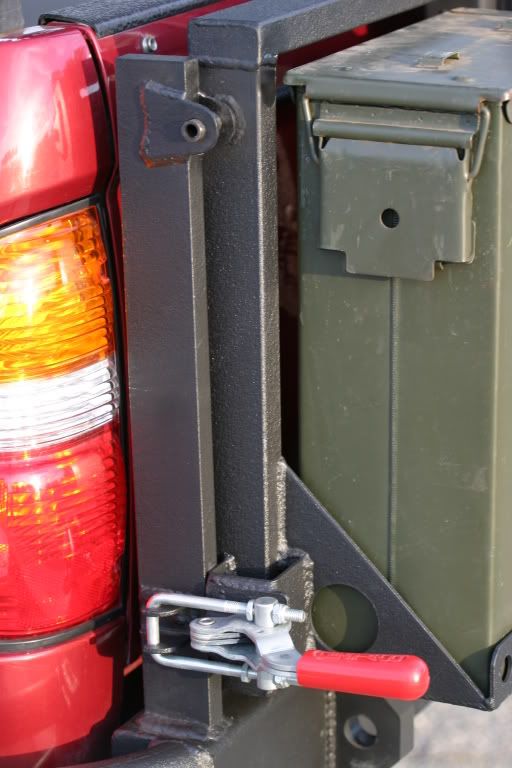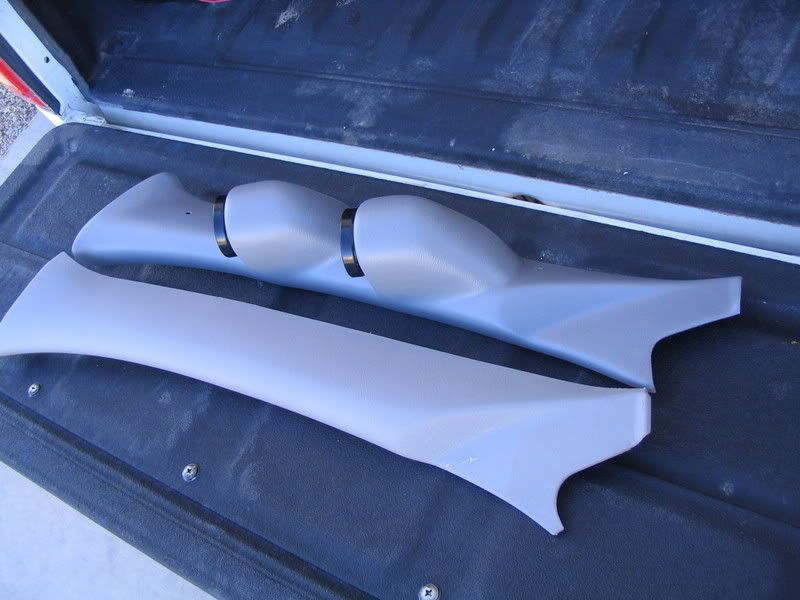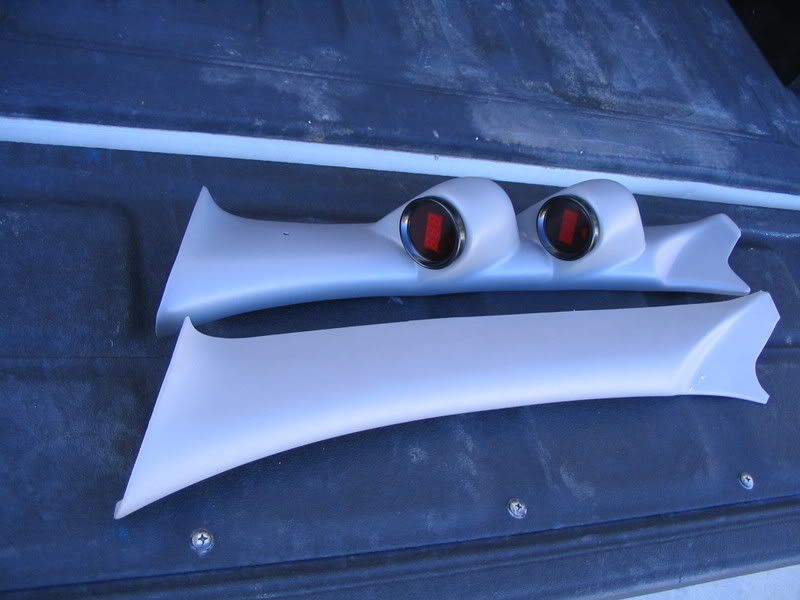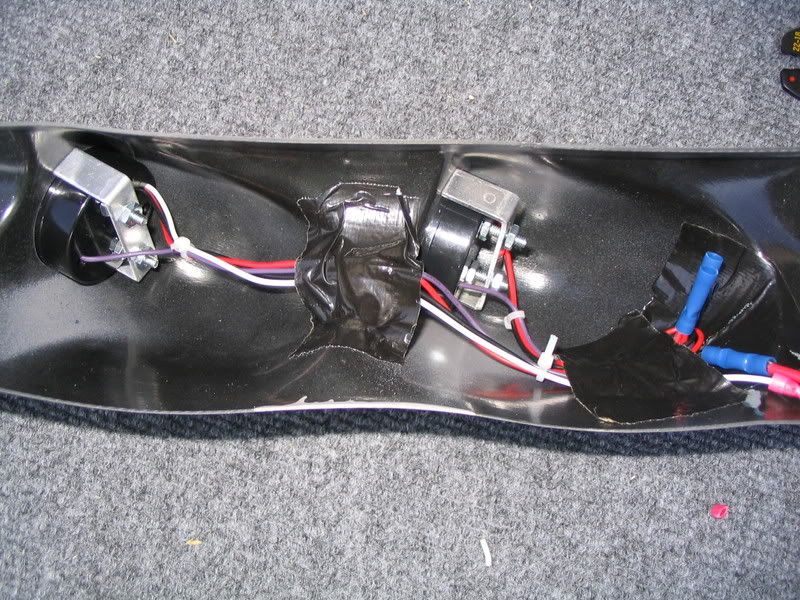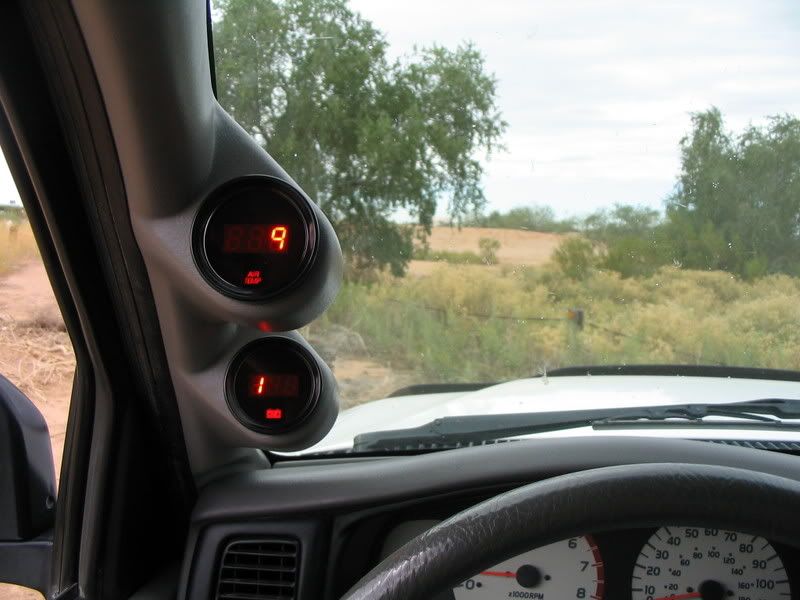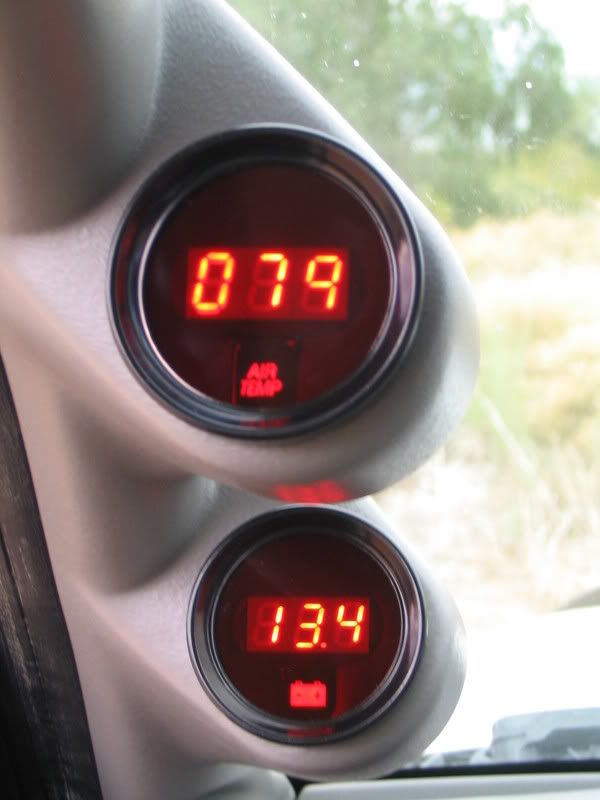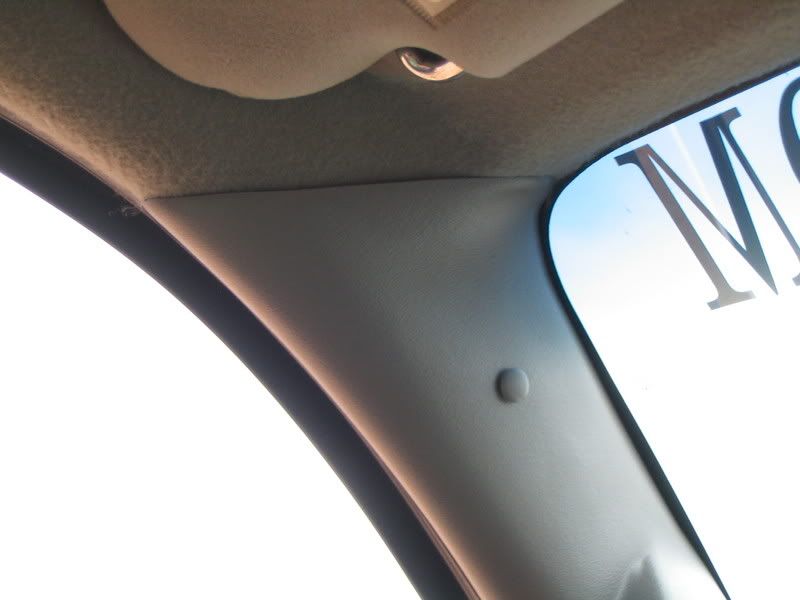flyingwil said:
Next up is a dual battery set up... I have everything except for the isolator combiner... on to more research... any suggestions?
Get the mobi-arc unit. Here's my write up...(which I think you read already)
Key Components...
main battery - odyssey 1200mjt
aux battery - odyssey 1700mjt (
battery specs)
mobi-arc isolator (more info
here, and tech specs
here)
Rockford Fosgate 1/0 cable for the (+) and 2/0 for the (-)
I only used 2/0 because we had some left overs at work
Rockford Fostgate positive battery post lugs
I'll try and keep this as organized as possible so forgive me if I ramble...
My reasons for choosing the 'perfect switch' is efficiency, reliability, and the theory behind the isolator works for my application.
Efficiency/Reliability
There are a couple ways of isolating batteries...
1. Solenoid - You can find these in your winch. Essentially they are contacts that open and close, isolating and combining your batteries, respectively. Solenoids are rated for interrupting large amounts of current that's why they are found on your winch and with battery systems. When contacts open and break excessive amounts of current a layer of oxidation builds on the current carrying contacts. This layer of oxidation creates resistance. Resistance reduces efficiency. In turn making it harder for your alternator to fully charge your batteries. Also say when you combine your batteries to winch, the battery that has to power the winch through the solenoid will waste power because of the solenoid. And I hear occassional stories of solenoid failure with winches. Maybe because it's not only electrical but mechanical as well.
2. Diodes - such as the surepower isolator. Diodes by nature waste power (watts). Typical diode isolators drop the voltage by 0.7 volts, I know it doesn't sound like much but at high currents the losses add up. Power (watts) = I (current) x E (voltage) So let's say you're winching and the winch is drawing 200 amps.
140 watts = 200 amps x 0.7 volts. What this means is at a loss of .7 volts, and 200 amps of current flowing you're wasting (losing) 140 watts. This loss of electrical energy becomes energy in the form of heat. That's why the diode type isolators are larger and have heat fins. As heat rises, the resistance rises, and excessive heat can cause premature failure.
3. MOSFETs - this is what mobi-arc uses. The electrical theory is a little too deep for me but I've actually tested my isolator to see if what they advertise is true. I didn't write down the numbers but what I did was hooked up the winch to draw current from both batteries (not how I would typically use it, I'll explain later). With a clamp on DC ammeter I measured how much current was flowing through the isolator. I think about 120 amps were going through the isolator. I then measured what the voltage was before and after the isolator and it was a difference of about .04 volts. So with the same P = IE equation that equals 120 amps x .04 volts = 4.8 watts.
Now I know it's not a whole lot of power, I think I'm just critical about it because electricity is what I deal with every day. But think about this - would 140 watts of heat or 4.8 watts of heat be easier to dissapate? Hence the reason why the perfect switch is smaller and doesn't need heat sinks. Another benefit of this type of isolator is that it's solid state, there are no moving parts = less things to break.
How it works... I have the Single Rectifier Unit, (think direction or current flow)which isolates the main battery from the aux battery. It does NOT isolate the aux battery from the main battery.
Another way of saying this is the aux battery can and is feeding the main battery as well as everything connected to the main battery. In contrary the main battery cannot feed the aux battery.
Essentially what this means is, anything fed from your aux battery will only take power from your aux battery, your main battery will be untouched. Now anything fed from your main battery will be fed from your main battery and your aux battery via the isolator.
Now because it is designed this way, the main battery will never have a lesser charge than the aux battery. Why? Because the isolator allows the current to flow from the aux battery to the main battery, but not in the opposite direction. So it's like the aux battery is always jump starting the main battery. That's why the main battery will always have a greater charge than the aux, so it's a guarantee that I will be able to start my truck.
So here's the jist of what's connected to my aux battery..
1 fridge
multiple 12v outlets
3 lightforce lights
4 rock lights
2m
cb
air compressor
winch
All of these accessories take power from the aux battery and the aux battery only. These are the accessories that have a greater chance of draining a battery, either over long periods (fridge camping) or short one's (extensive winching).
Why don't I combine my batteries for winching?
I haven't done too much winching but after talking to many many people, one good battery is enough. I don't frequent anything too extreme and even if I did, I could always use jumper cables to combine the batteries. And if I did an extreme winch pull and killed a battery, it would be my aux battery and not my starting (main) battery.
If I did use a system that would combine the batteries and did a crazy winch pull that killed both batteries - then what? Drive around for an hour to make sure your batteries are somewhat charged. Chances are slim but I don't want to take that risk.
Now let's say you use your radio while camping a lot (which would be connected to your main battery), there's always the possiblity of killing your main battery and your aux battery. I typically don't use my radio or anything wired from the main battery, while at camp. If you do use a lot of factory wired accessories when the truck is off then this may not be the choice for you... If I do choose to listen to xm at camp I'm not afraid to because the current draw is so minimal and slow that I can catch the battery before it's too late with a voltmeter.
Whew, that was long winded. Clear as mud? I hope I helped people more than I confused people







